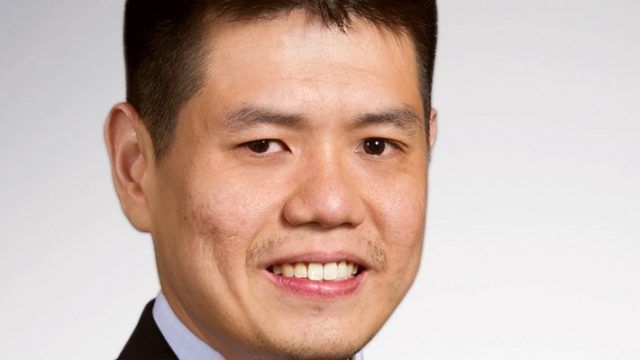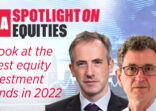Rong Ren Goh, Eastspring Investments
After the Cop 26 meeting in Glasgow late last year, the asset manager has seen a growing interest in investing in green bonds, and has identified three trends in the fixed income space for the year to come.
First, ESG analysis will become more structured and data-driven than ever.
Months after the climate conference was held, Eastspring saw data providers trying to fill the information gap in ESG processes, and regulators trying to ensure that ESG data disclosure standards are being formalised and standardised.
While more comprehensive data available means more transparency, it also poses a bigger challenge for investors to differentiate what data is useful, credible and reliable.
“As an investor, you have to ask yourself what your objective is, your approach and which segment you want to cover,” Rong Ren Goh, portfolio manager, fixed income, Eastspring Investments, told a media briefing.
“After understanding the scope of investment objectives and targets, investors can target the sort of data information they need in order to serve their investment objectives.”
From Eastspring’s perspective, Goh said his team sees ESG risks as an additional risk factor to evaluate the performance of a fixed income security over the medium- to long-term.
After obtaining ESG data, the team will use them to analyse whether the issuer is sufficiently prepared to deal with the ESG related risks that have been identified, and construct portfolios that are more resilient to climate risks in the medium to long term.
Standardisation
The second trend is the standardisation of ESG factors, according to Eastspring.
“This is evident in the establishment of ESG taxonomies, which is a classification system to ensure that everyone is on the same page as to what each of the ESG factors means, to avoid accusations and suspicion on greenwashing,” said Goh.
The introduction of the EU taxonomy in 2020 was a very welcome development, said Goh, and he believes this could be used and followed by other jurisdictions, especially in Asia.
Innovation
The third trend predicted by Goh in 2022 is much greater product innovation.
There will be a wider variety of sustainable fixed income products available this year as a result of more sophisticated data analysis, as well as improved taxonomies, he believes.
“Apart from helping companies to get funding through sustainable financing, the banks’ debt capital markets teams also have to cater to investors’ needs to meet environmental objectives, and comply with disclosure requirements and reporting requirements that will be coming on board in due time,” said Goh.
“We are going to see a lot more fixed income products that are going to have innovative features and characteristics that will actually help you match issue and investor needs, and they will continue to roll out,” he added.
After the Cop 26 conference, Goh expects to see more issuances of green, social, sustainability bonds, particularly from the largest emitters of greenhouse gas emission and biggest economies in Asia, such as China and India.

















